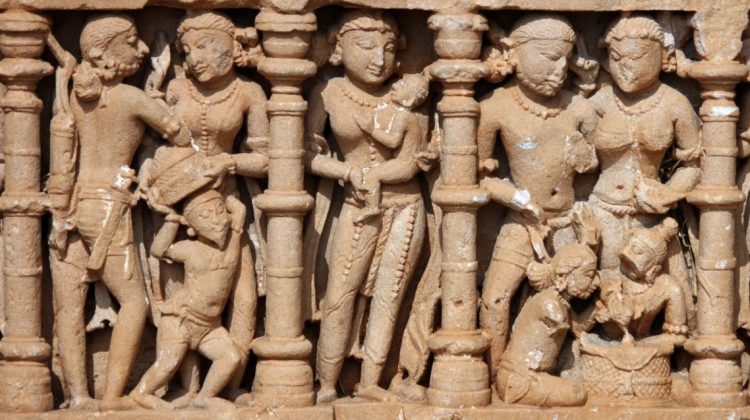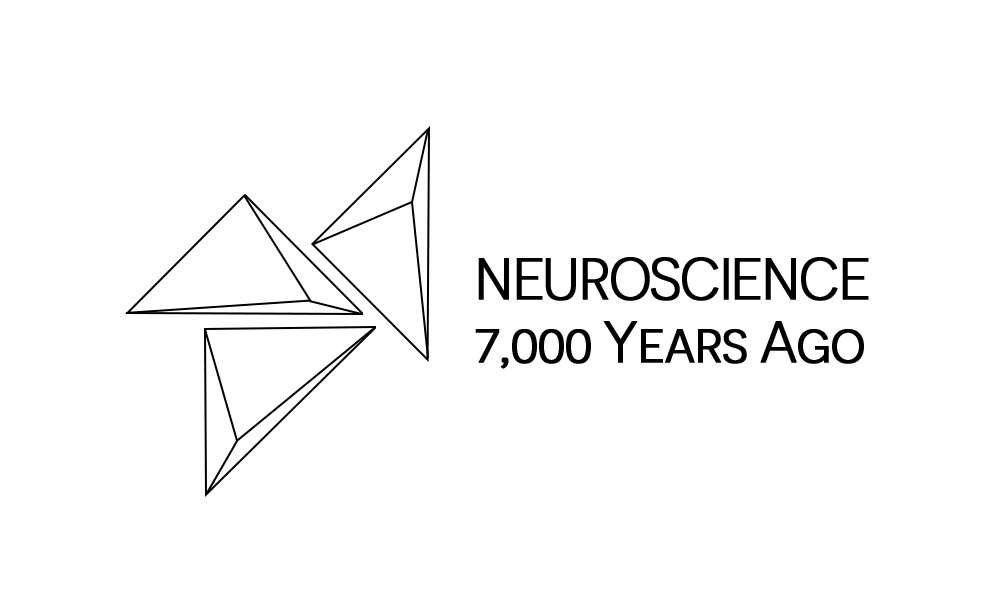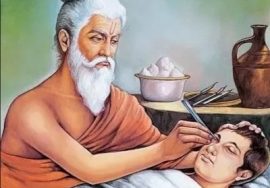
Vedic Model of Mind and Brain Surgery in Ancient India
It is known that the ancient Indians used to admit that the brain is the main controller in human behavior and senses, but they did not consider it the only basic controller, but for them the “self” was the nominal and the controller of everything, including the brain. As we mentioned before, these conclusions were not scientific, but rather were philosophical or a result of their belief in their religious beliefs.
- The Vedic Model of Mind:
A famous example is used to express it from “taittiriya Upanishad” (a vedic book from around 6th century BC), where they likened the human being to a chariot that is pulled by horses tied to it in different directions. These horses represent the senses, the mind is the driver who holds the reins, and next to the mind sits the leader and the main controller “the self” which represents the universal unity and without it no behavior is possible [1].
The individual is represented in five different levels surrounding the “self” of the individual, and these levels are shown in an ascending order as:
- Physical body sheath (annamaya kosa)
- Energy sheath (pranamaya kosa)
- Mental sheath (manomaya kosa)
- Intellect sheath (vijnanamaya kosa)
- Emotion sheath (anandamaya kosa)
At the highest level there is the self, then the emotion, which lies above the Intellect , as this confirms that the meaning is communicated in the end through being affected by the emotional state, the individual can be viewed through three levels, namely the physical body at the lower level, then energy, then thoughts, and because the three levels are interconnected. The energy state changes through inputs either on the physical or mental level, Energy represents the currency or medium of exchange for a psychophysiological system, those 3 levels together can be named” the brain “.

- Brain Surgeries During Ancient India:
Some ancient Indians were interested in researching this topic scientifically and not by relying on philosophical analyzes and religious beliefs only, and they actually tried to do several brain surgeries, the first evidence of brain surgery in India was a trepanned skull dates back to 2350-2050 B.C, “Trepanation“ a surgery had been around 10,000 BC Approximately, in Asia, Africa and Europe. This skull was found in Burzahom near the Kashmir Valley in India. This skull belonged to a girl aged 26-30 years [2].
There was also a popular ancient indian surgeon born at 800 bc called “sushruta” he was known as the father of surgery due to his several achievements in surgery including brain surgery [3]. The Indian believed that the cutting of the dead body was prohibited according to their religion, as a result, their knowledge of anatomy was limited [4].
References:
1 Kak., S.: ‘Understanding The Vedic Model Of The Mind’, 2016
2 Sankhyan, A.R.: ‘Surgery in ancient India’, Encyclopaedia of the history of science, technology, and medicine in non-western cultures, 2008, pp. 2060-2063
3 Singh, V.: ‘Sushruta: The father of surgery’, National journal of maxillofacial surgery, 2017, 8, (1), pp. 1
4 Istanbouli, M.: ‘The history of Arabic medicine based on the work of Ibn Abi Usabe’ah 1203-270’, Loughborough University of Technology, 1981



